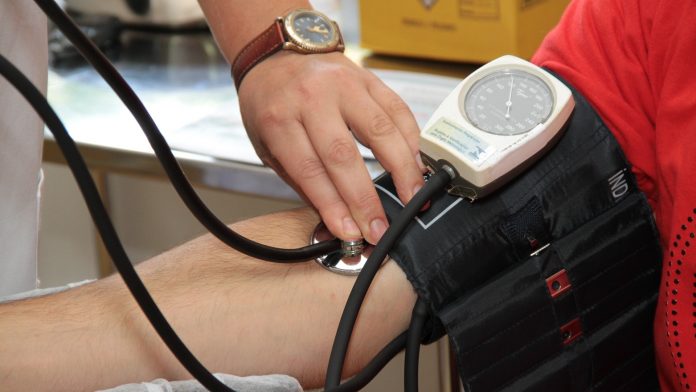
Heart doctors from the European Society of Cardiology (ESC) Council on Stroke are calling on national authorities for permission to provide acute ischaemic stroke patients with a treatment known as mechanical thrombectomy.
Today at EuroPCR 2018, the collection of heart doctors will ask permission to use the lifesaving treatment for acute ischaemic stroke in regions where there is a lack of trained specialists.
Professor Petr Widimsky, chair of the ESC Council on Stroke, said: “We have evidence that after a short period of training on the procedure, interventional cardiologists treating acute ischaemic stroke achieve the same results as traditional interventional neuroradiologists.”
The dangers of acute ischaemic stroke
Acute ischaemic stroke, an extreme form of the condition where a blood vessel to the brain becomes blocked, accounts for up to four in five strokes, which is over one million cases in Europe each year.
Without treatment most of the patients die or become severely disabled and permanently bedridden. By using the mechanical thrombectomy procedure, which physically removes the clot and restores blood flow to the brain, around half of the patients survive and function normally.
If it’s performed within two to three hours of symptom onset, the survival rate with normal neurological function rises to more than 70% of patients.
A shortage of specialists
Currently in Europe, mechanical thrombectomy is being provided by interventional neuroradiologists; however, the number of specialists in this field is small.
Countries with the most specialists, such as Germany, the Netherlands and the Czech Republic, are even seeing the struggle also, with only enough numbers to treat around a third of patients with the condition. In some countries, less than 1% of patients can be treated for ischaemic stroke.
Widimsky added: “There are interventional cardiology units in all countries in Europe and the Americas, and in most other continents.
“The equipment for mechanical thrombectomy is available; it’s the trained specialists to perform the procedure that are lacking. This situation could be solved by training cardiologists to perform mechanical thrombectomy.”
A proposal to provide training
The ESC Council on Stroke is proposing that interventional cardiologists receive three months of training on how to do the procedure, instead of the usual two years required for other physicians.
Widimsky concluded: “Many interventional cardiologists routinely perform stenting of the carotid arteries, so three months of training is sufficient to learn intracranial mechanical thrombectomy.
“It is up to health authorities in each country to decide if they will allow this.”










